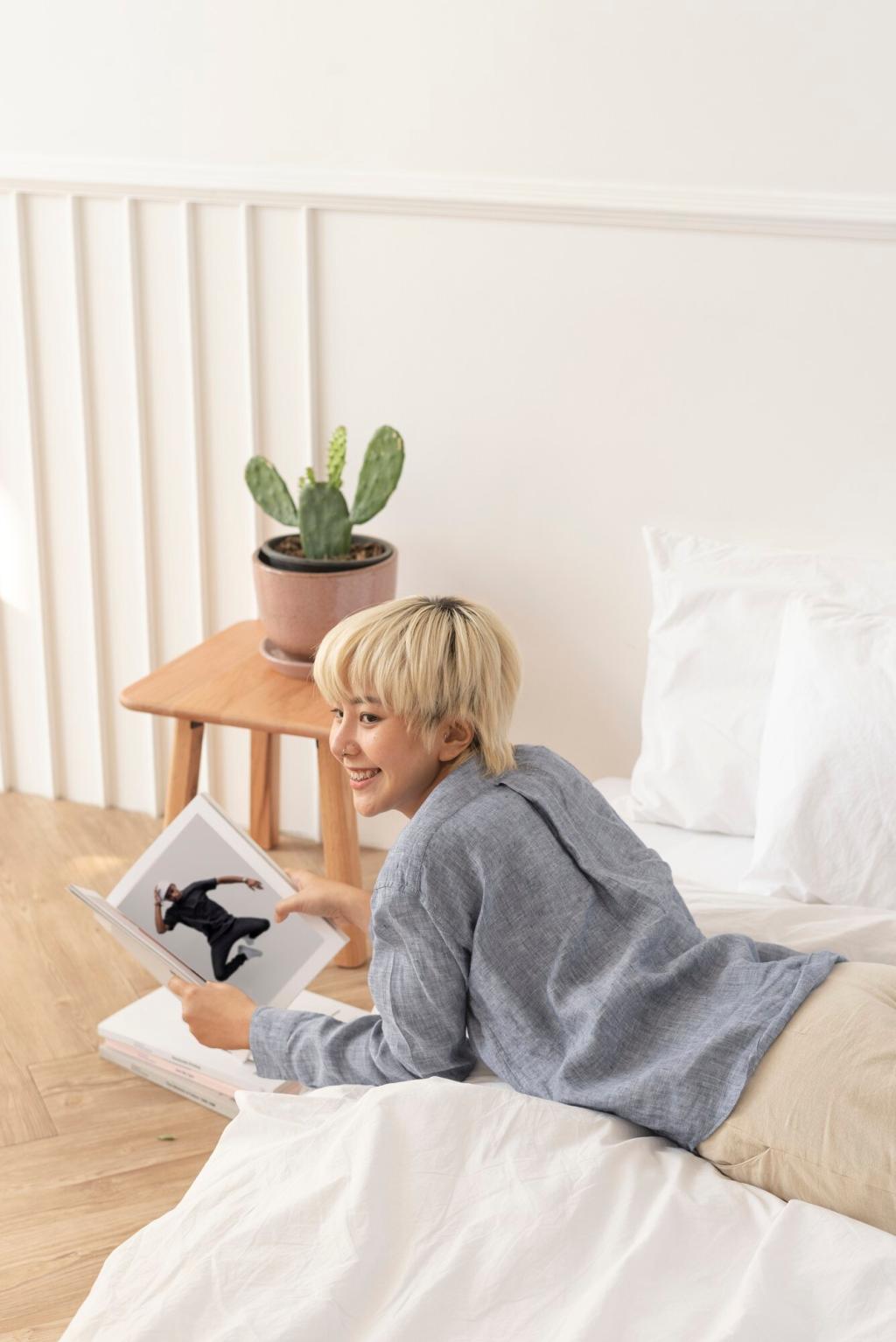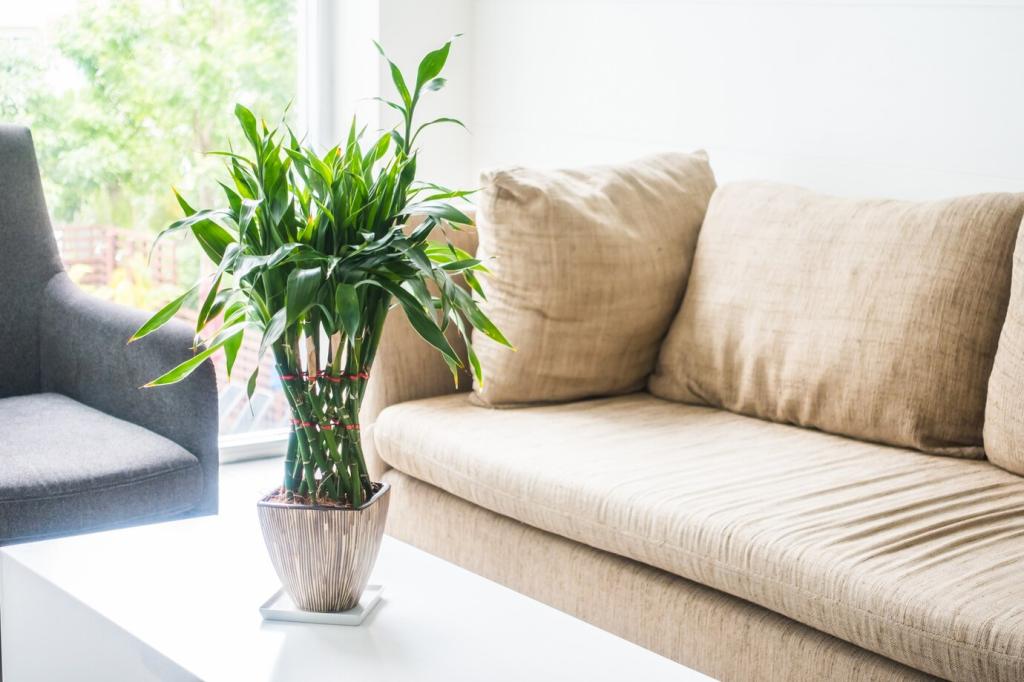Color Schemes for Minimalist Small Space Interior Design
Why Color Matters in Tiny Minimalist Rooms
Perception and Square Footage
Light colors bounce illumination, expanding corners and softening edges; dark colors absorb, sculpting intimacy but shrinking apparent volume. Low-contrast transitions minimize visual noise, while a restrained palette clarifies function. Try mapping where your gaze lands first, then simplify that path with gentle shifts.
The Psychology of Minimalist Hues
Soft neutrals lower cognitive load, helping a small room feel orderly after long days. Cool undertones encourage focus, while warm undertones invite conversation. By keeping saturation muted, you preserve serenity. Notice how your breathing changes in spaces with fewer competing tones and steadier values.
Anecdote: The 220-Square-Foot Test
An intern painted her micro-studio in a warm white with pale greige trim. Friends said, “Did you move?” She hadn’t; the color plan reduced visual breaks, stretching the room by perception alone. Share your own before-and-after story below so others can learn and cheer you on.

Not all whites behave alike. Cool whites clarify stainless and concrete; warm whites flatter oak and linen. Sample on multiple walls and observe morning, noon, and evening. Pair slightly brighter trim to crisp edges without harsh contrast. Comment with your favorite white and why it works.

Greige bridges cool and warm elements, reducing the need for multiple paints in tight spaces. It grounds a minimalist palette without heaviness, especially alongside black metal lines. Add tactile layers—bouclé, nubby linen, matte ceramics—to keep the scheme from feeling flat while preserving minimal intent.

Choose a wall, rug, and sofa within a small value range so edges visually dissolve. This softens boundaries, making the room feel calmer and larger. Use subtle shifts in texture rather than color for interest. Tell us which textures helped your space breathe without adding clutter.
Monochrome Done Right
Select one color family, then climb from pale walls to mid-tone upholstery and a slightly deeper rug. Reserve the darkest value for a slim accent line. Vary finishes—matte walls, soft-sheen cabinetry—to catch light differently and create depth without introducing additional hues.

Bold Accents, Minimal Fuss
The 90-8-2 Rule for Small Spaces
Let roughly ninety percent of the room remain quiet neutrals, eight percent a supportive mid-tone, and two percent a decisive accent. A cobalt mug, a saffron pillow, or a verdant plant pot can carry surprising weight. Test accents on a tray before committing permanently.
Accent Pathways and Sightlines
Place color where the eye naturally lands: the sofa corner, the entry wall glimpse, or the kitchen shelf in view from bed. Align accents across rooms to create a subtle thread. Tell us which sightline in your home deserves a confident pop of color.
Story: The Cobalt Teapot
A reader framed her compact kitchen with warm white cabinets and greige walls, then added one cobalt teapot. Guests consistently noticed the teapot first, not the small footprint. That tiny anchor changed the room’s story. What single object could become your color hero today?


Moss, Clay, and Cloud
Try a whisper of moss for a bathroom vanity, clay-tinted linen for drapery, and cloud white walls. Keep saturation light to avoid shrinking the room. The trio reads grounded yet airy, especially with stone or pale wood. Share your favorite nature snapshot that inspires your palette.

Material Honesty and Color Echoes
Let oak, rattan, and unglazed ceramics set a quiet color baseline. Echo those tones in textiles so the palette feels intentional. Choose low-VOC paints to protect indoor air in small spaces. Drop a comment if you have a go-to eco paint that performs beautifully.



